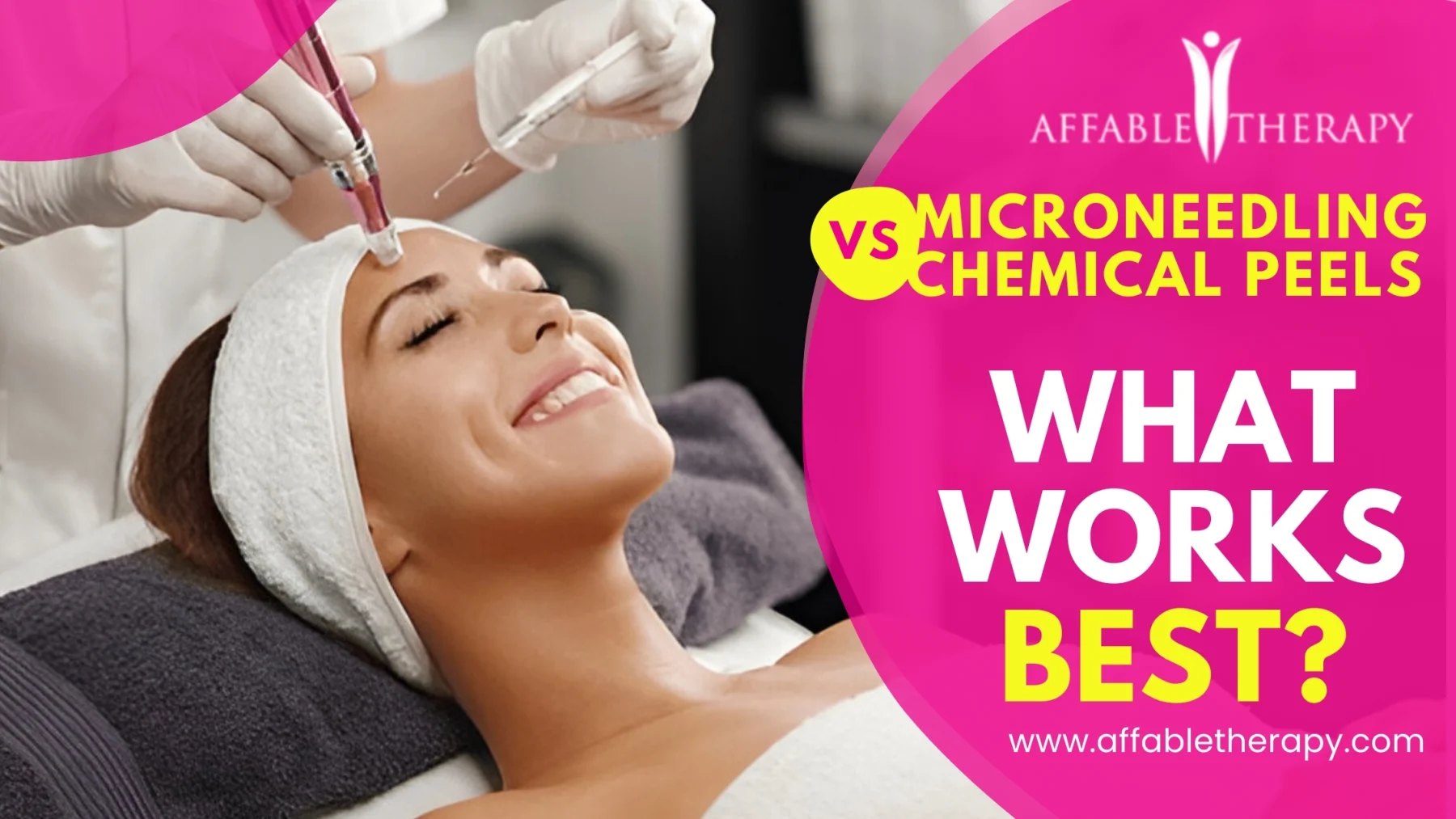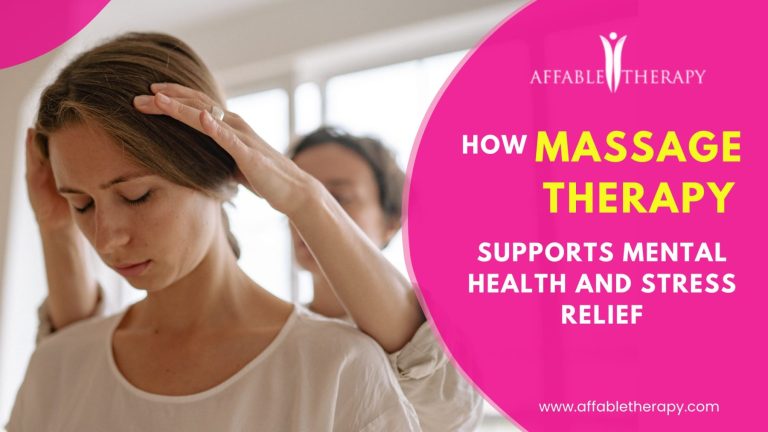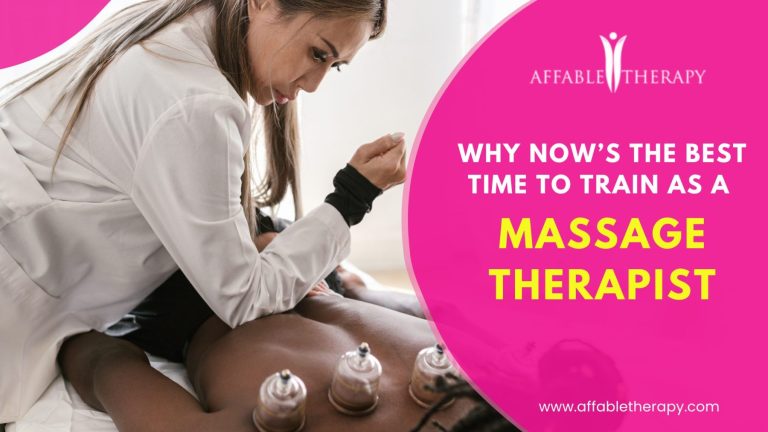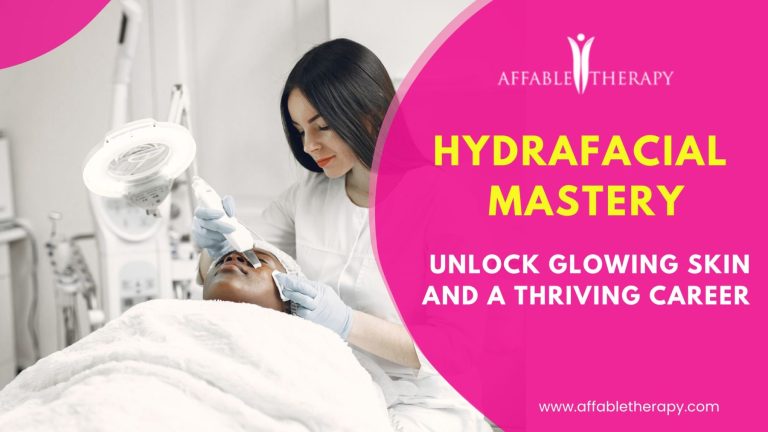Whether you’re a beauty therapist looking to level up your skill set, or someone browsing for the best skin care therapy in London, there’s no denying that skin rejuvenation treatments are in high demand right now.
Two of the most sought-after non-invasive solutions—microneedling and chemical peels—have earned their place in modern aesthetics. And for good reason: they deliver visible results with minimal downtime, making them ideal for busy lifestyles.
This guide will break down the differences, benefits, and even how combining these treatments can take your results to the next level. And if you’re a practitioner? We’ll also highlight why now’s the perfect time to get trained with an accredited microneedling course or chemical peel course in London.
What is Microneedling?
Microneedling (also known as collagen induction therapy) involves the use of tiny, sterile needles to create micro-injuries in the skin. These controlled injuries trigger the skin’s natural healing process, stimulating collagen and elastin production—the building blocks of youthful skin.
For clients, it means smoother texture, refined pores, a reduction in acne scars, and visibly firmer skin over time. For practitioners, it’s one of the most rewarding and versatile treatments to offer.
What is a Chemical Peel?
Chemical peels use specially formulated solutions—such as glycolic acid, salicylic acid, or trichloroacetic acid (TCA)—to exfoliate the skin and speed up cell turnover.
Depending on the peel’s depth, results can range from a fresh glow to significant improvement in pigmentation, fine lines, and sun damage.
- Superficial Peels: Great for a brightening boost and texture refinement.
- Medium Peels: Help fade pigmentation and smooth wrinkles.
- Deep Peels: Target deeper wrinkles and sun damage (usually reserved for clinical settings).
Microneedling vs. Chemical Peels: Which Should You Choose?
Here’s the thing—both are excellent. But each treatment has its own strength.
Microneedling is Ideal For:
- Acne scars and surgical scars
- Enlarged pores
- Early signs of ageing
- Clients who want collagen stimulation with minimal chemical exposure
Chemical Peels Are Best For:
- Uneven skin tone or dullness
- Pigmentation concerns
- Surface-level sun damage or fine lines
- Clients looking for quicker visible results
As a professional, your goal is to recommend the right treatment based on your client’s skin type, condition, and goals. And if you’re a client reading this? Chat with a qualified aesthetician—they’ll tailor the best option for your skin.
The Power of Combination Treatments
Here’s where things get exciting. When microneedling and chemical peels are combined strategically, the results can be significantly enhanced.
Benefits of Combining:
- Enhanced absorption: Microneedling allows peel ingredients to penetrate more deeply.
- Faster skin rejuvenation: Boosts cell turnover and collagen production in tandem.
- Comprehensive results: Targets both surface texture and underlying structure.
- Time-efficient: When spaced properly, recovery time can be minimal.
This combination is often covered in advanced aesthetic courses in London, where you learn how to layer treatments safely, understand skin response, and personalise protocols for best results.
Why Practitioners Should Upskill Now
With the growing demand for natural skin rejuvenation and non-invasive aesthetic treatments, now is the perfect time for beauty professionals to expand their skillset. Treatments like microneedling and chemical peels are no longer niche—they’re mainstream, and clients are actively seeking trained professionals who can deliver real, visible results.
From tackling acne scars and pigmentation to improving skin texture and boosting collagen, advanced treatments like chemical peels offer high-impact results with minimal downtime. That’s exactly what today’s skincare-savvy clients are looking for.
If you’re not offering services like microneedling, advanced facials, or chemical peels yet, you could be missing out on a major income stream—and losing clients to more up-to-date competitors. Upskilling now ensures you stay ahead of the curve, attract a wider clientele, and increase your professional value in a rapidly evolving beauty industry.
Enrolling in a professional microneedling or chemical peel course means:
When you invest in accredited training, you’re not just learning a new skill—you’re building credibility and trust with your clients. Enrolling in a professional microneedling course or chemical peel course means:
- Gaining hands-on confidence in advanced skin treatment protocols
- Understanding contraindications, client safety, and essential aftercare
- Legally protecting your business with recognised, insurance-approved qualifications
- Meeting the growing demand for visible, long-lasting skin results
- Whether you want to work in a clinic, salon, or run your own business, these qualifications open the door to a more advanced and rewarding career in aesthetics.
Top Aesthetic Courses in London: What to Look For + Post-Treatment Tips
If you’re considering advancing your beauty career, the top aesthetic courses in London will offer more than just theory. Look for training that includes live models, expert-led sessions, and most importantly, accredited certification. CPD-accredited or Ofqual-recognised programmes ensure your qualifications are respected, insurable, and compliant with UK standards—setting you up for success in today’s competitive aesthetics market.
Thinking of getting microneedling or a chemical peels done? Great choice! These treatments are powerful, but your post-treatment care makes all the difference. Here are a few tips your skin will thank you for:
✨ Use SPF daily – Your skin becomes more sensitive after such treatments. Sun protection is non-negotiable.
✨ Keep skincare gentle – Avoid actives like retinol or exfoliants for at least a week after treatments.
✨ Hydrate like mad – Drink plenty of water and use hydrating serums or creams.
✨ Stick to your aftercare – Follow your practitioner’s advice carefully for best results.
And remember: you don’t always have to choose between microneedling and chemical peels. When used together by trained professionals, these treatments can complement each other for even more impressive, skin-transforming results.
Whether you’re an aesthetician looking to elevate your services or a skincare enthusiast keen on improving your complexion, microneedling and chemical peels are two of the most effective skin treatments available today.
By learning the science behind each and understanding how to tailor them to individual needs, you’ll not only see better results but build stronger client relationships too.
Thinking of taking the next step?
Explore hands-on, accredited aesthetic courses in London with Affable Therapy Training and future-proof your career in the booming beauty and skin industry.




